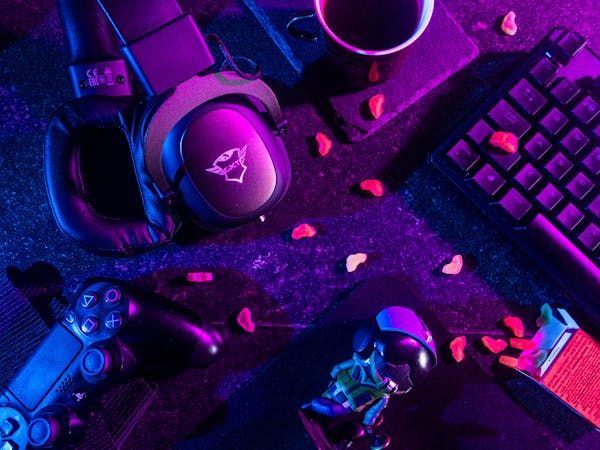Advertisement

- Updated on May 18, 2025
- IST 9:02 am
Imagine a 15-year-old boy, his eyes blazing with dreams of football stardom, suddenly facing a heart condition that could shatter those dreams forever. That boy was Cristiano Ronaldo, and in 2000, his world was turned upside down. At Sporting Lisbon’s academy, where his blistering pace and trickery on the ball were already marking him as a future star, doctors discovered something alarming: his heart was racing, even when he wasn’t on the pitch. Diagnosed with tachycardia—a condition where the heart beats abnormally fast—Ronaldo’s football career, and possibly his life, hung in the balance. For a kid from a humble background in Madeira, whose family had sacrificed everything for his passion, this was a devastating blow. But Ronaldo wasn’t one to back down. What happened next wasn’t just a medical miracle—it was the beginning of a legend. This is the story of the surgery that made CR7 unstoppable.
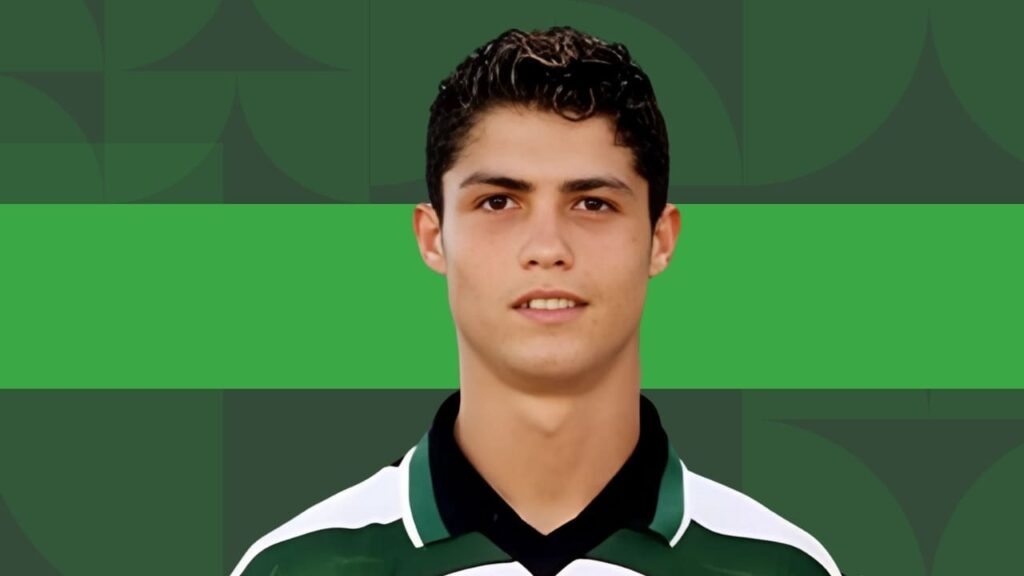
From Madeira to Lisbon: The Making of a Prodigy
Cristiano Ronaldo dos Santos Aveiro was born on February 5, 1985, in Funchal, Madeira, a small island off the coast of Portugal. His childhood wasn’t easy. His father, Dinis, worked as a gardener and kit man for a local football club, while his mother, Maria Dolores, juggled jobs as a cook and cleaner to make ends meet. Football was Ronaldo’s escape, his passion, his everything. By age 12, he’d left his family behind to join Sporting Lisbon’s academy, a move that would change his life forever.
In Lisbon, Ronaldo’s talent shone brighter than the sun. His speed, dribbling, and flair caught the eye of coaches and scouts alike. But beneath the surface, something was wrong. His heart would race uncontrollably, even when he was resting. It was like a car engine revving too high, threatening to break down at any moment. For a young athlete, this was terrifying. Tachycardia, as doctors would later diagnose, could lead to dizziness, fatigue, and in severe cases, heart failure. If left untreated, it could end his football dreams before they even began.
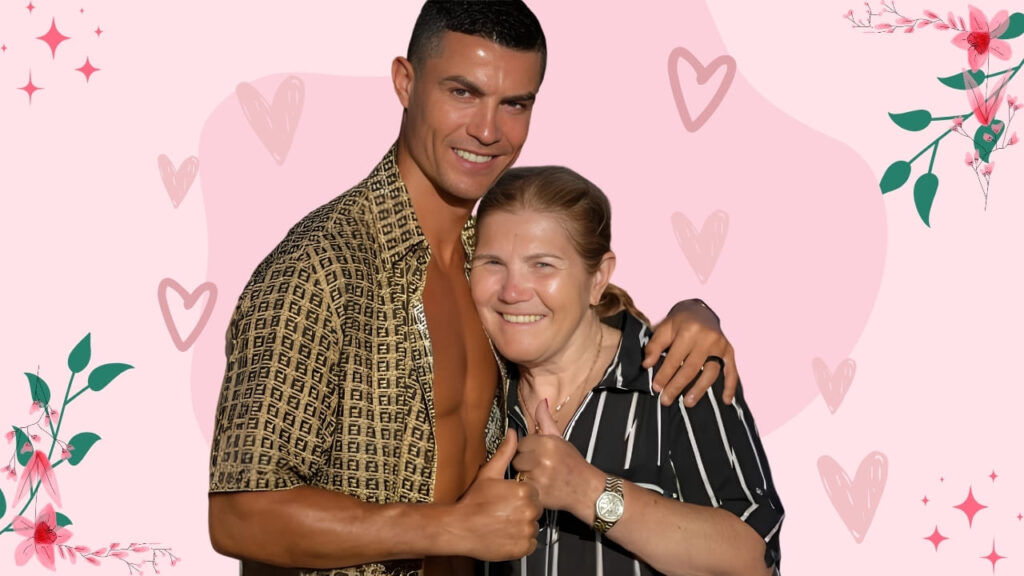
The Diagnosis: A Race Against Time
In 2000, at just 15, Ronaldo’s condition was discovered during routine medical checks at Sporting Lisbon. His mother, Dolores Aveiro, later recalled the fear that gripped the family: “His heart raced a lot when he wasn’t running. Before we knew exactly what he had, I was worried because there was the possibility of him giving up playing football.” The diagnosis was tachycardia, a condition that causes the heart to beat faster than normal, even at rest. For an aspiring footballer, this was a nightmare.
But Ronaldo, even at 15, wasn’t one to let fear dictate his future. With the support of his family and the club, he made a brave decision: to undergo surgery. The procedure, known as catheter ablation, involved using a laser to cauterize the problematic areas of his heart that were causing the irregular beats. It was a delicate operation, but the stakes were high—his career, and possibly his life, depended on it.
The Surgery: A Turning Point
On the morning of the surgery, Ronaldo walked into the hospital with the same determination he’d later bring to the pitch. “They used a sort of laser to cauterize the source of the problem,” his mother explained. “He was operated on in the morning and came out at the end of the afternoon.” The surgery was a success, and just days later, Ronaldo was back in training, his heart now beating steadily, his dreams intact.
For most, such an experience would be a wake-up call to slow down. But for Ronaldo, it was fuel. “Cristiano wasn’t very worried—he didn’t take the situation very seriously,” his mother recalled. “But I got a big fright.” That fearlessness, that refusal to let obstacles define him, would become a hallmark of his career. The surgery didn’t just save his career; it made him hungrier, faster, and more determined than ever.
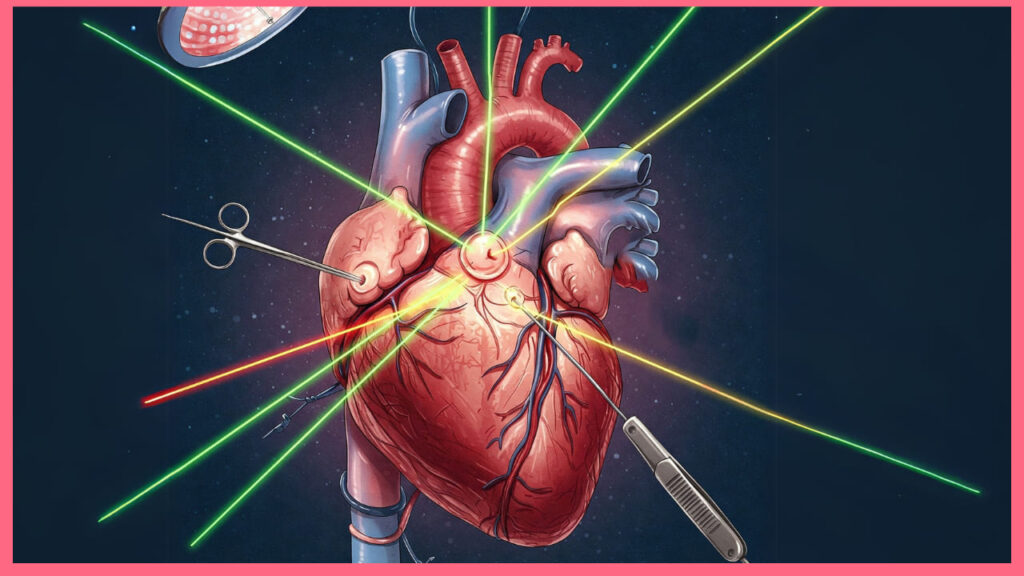
Back on the Pitch: Faster, Stronger, Unstoppable
Ronaldo’s recovery was nothing short of miraculous. Just days after the operation, he was back on the training ground, pushing himself harder than before. His coaches were amazed, but for Ronaldo, it was simple: football was his life, and nothing—not even a heart condition—would stand in his way. In fact, some say the surgery made him even faster. “After the surgery, he began to run even faster,” his mother noted, a testament to his relentless drive.
By 2003, at just 18, Ronaldo’s performances at Sporting Lisbon had caught the attention of Europe’s biggest clubs. In a friendly against Manchester United, he dazzled with his speed and skill, prompting Sir Alex Ferguson to sign him on the spot. The rest, as they say, is history. From Manchester to Madrid, Turin to Riyadh, Ronaldo’s career has been a parade of records: five Ballon d’Or awards, over 900 career goals, and a legacy as one of the greatest footballers ever.
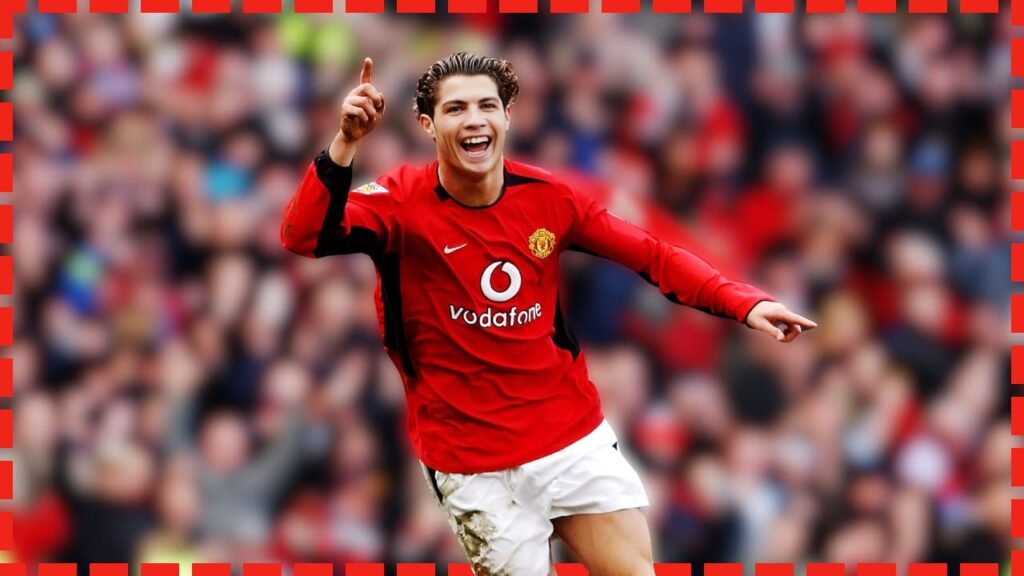
Why India Loves Ronaldo: A Hero for the Ages
In India, where cricket reigns supreme, Ronaldo has carved out a special place in the hearts of millions. His story resonates deeply with Indian fans, who see in him the same underdog spirit that defines so many of our own sporting heroes. Like Yuvraj Singh, who battled cancer to return to cricket, or Milkha Singh, who rose from the ashes of Partition to become an Olympian, Ronaldo’s journey is one of triumph over adversity.
But it’s not just his on-field heroics that make him beloved. Ronaldo’s humility, his dedication to family, and his charitable work—raising millions for schools in Gaza and supporting children with leukemia—strike a chord with Indian values. For a nation that cherishes family and resilience, Ronaldo is more than a footballer; he’s an inspiration.
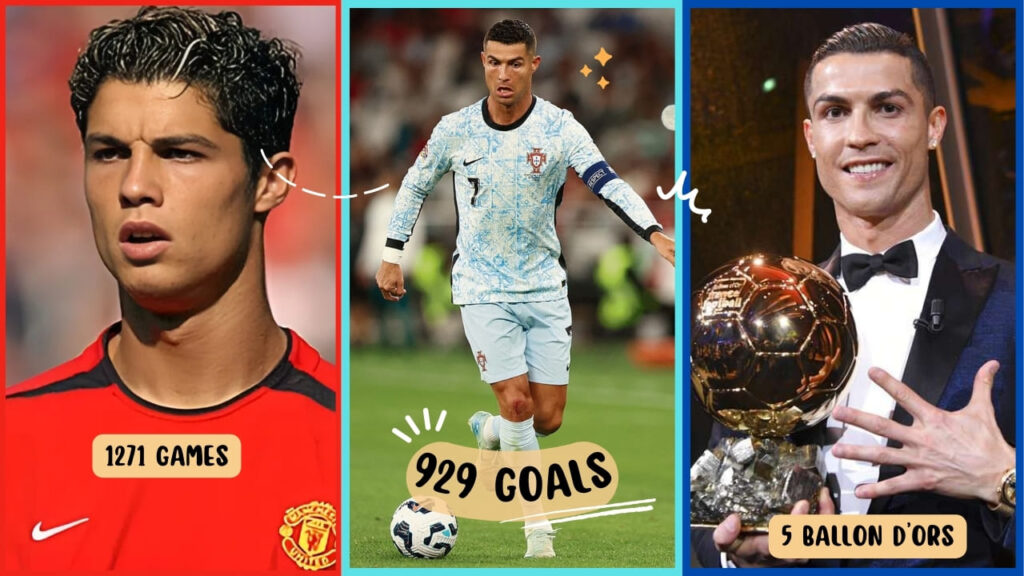
Lessons from Ronaldo’s Story: Heart, Grit, and Glory
Ronaldo’s heart surgery at 15 teaches us that life’s greatest challenges can become our greatest strengths. Here are three takeaways for anyone facing their own battles:
- Resilience is Key: Ronaldo didn’t let fear or doubt stop him. He faced his condition head-on and came back stronger.
- Family Matters: His mother’s support was crucial. In India, where family is everything, this is a reminder that we’re never alone in our struggles.
Dreams Are Worth Fighting For: Ronaldo’s passion for football drove him to take risks. Whether you’re 15 or 45, it’s never too late to chase your dreams.
Conclusion: The Heart of a Champion
Cristiano Ronaldo’s story is more than a football fairy tale—it’s a testament to the power of the human spirit. From a 15-year-old boy facing a life-threatening condition to a global icon with over 900 goals, his journey reminds us that with courage, perseverance, and a little bit of heart, anything is possible. So, what’s your favorite Ronaldo moment? Share it in the comments below and let’s celebrate the man who turned a health scare into a legacy of greatness.
You May Like This
Advertisement
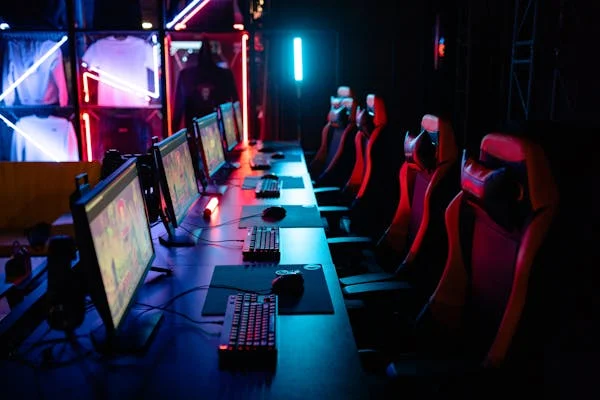
You May Like This


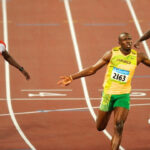
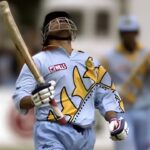




Advertisement
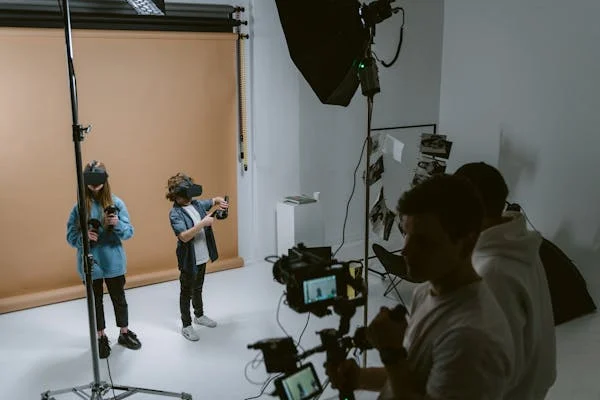
Advertisement

Advertisement
